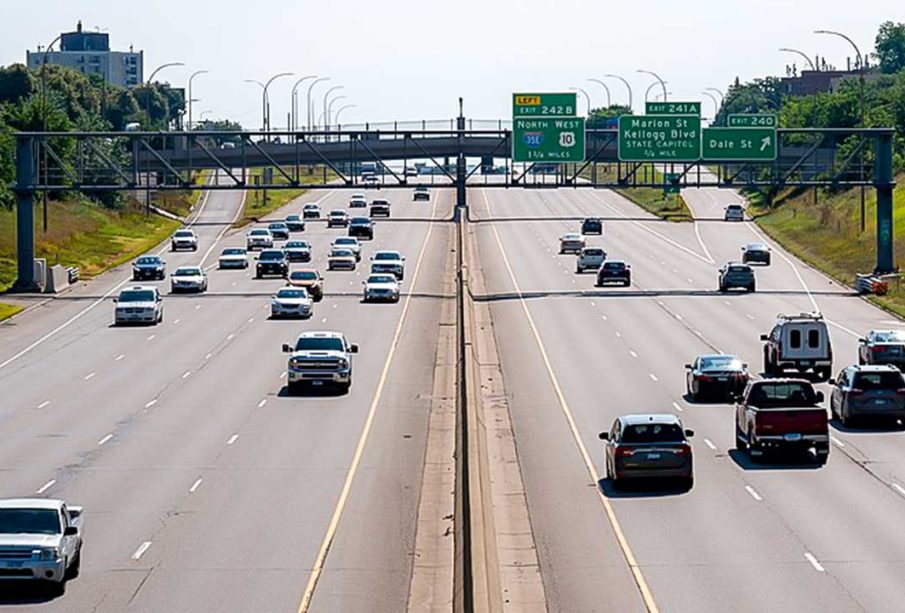The Future of Driving in Canada: Trends and Challenges in 2023

Introduction
Driving has long been a fundamental aspect of life in Canada, fundamental to the nation’s economy and mobility. In 2023, several factors are reshaping the driving landscape, from technological innovations and environmental concerns to new safety regulations. Understanding these trends is crucial for drivers, policymakers, and industry stakeholders as they navigate the evolving roadways.
The Rise of Electric Vehicles
One of the most significant shifts in the driving culture is the increasing adoption of electric vehicles (EVs). Government incentives aimed at reducing carbon emissions have led to a surge in EV sales, with approximately 12% of new vehicles sold in Canada in 2022 being electric, a figure expected to rise even further in 2023. Major automotive manufacturers are investing heavily in EV technology, promising advancements in range and affordability that are making electric vehicles more accessible than ever.
Safety Protocols and Regulations
Moreover, the safety landscape on Canadian roads is also evolving. As of April 2023, new federal regulations mandate the use of advanced driver-assistance systems (ADAS) in all new passenger vehicles sold in Canada. This includes features like automatic emergency braking, lane-keeping assist, and adaptive cruise control, aimed at reducing human error, which is a leading cause of accidents on the road. Consequently, organizations such as the Insurance Institute for Highway Safety (IIHS) are optimistic about potential drops in collision rates as these technologies become standard.
Technological Advancements
Another significant trend is the rise of smart transportation solutions. Cities across Canada are experimenting with smart traffic management systems that use AI and real-time data to ease congestion, reduce travel times, and enhance road safety. Initiatives in cities like Toronto and Vancouver are showing promising results, with reduced traffic delays reported by up to 30%. Furthermore, ride-sharing services are continuing to gain popularity, changing how Canadians think about transportation.
Conclusion
As we move further into 2023, the driving landscape in Canada is undergoing profound changes driven by technology, regulations, and changing consumer preferences. The rise of electric vehicles and the implementation of advanced safety features signal a promising future for enhanced sustainability and safety on the roads. For the Canadian driver, these trends will not only transform the vehicle they choose to drive but also how they experience their daily commutes. Staying informed and adapting to these changes will be essential for all road users moving forward.









